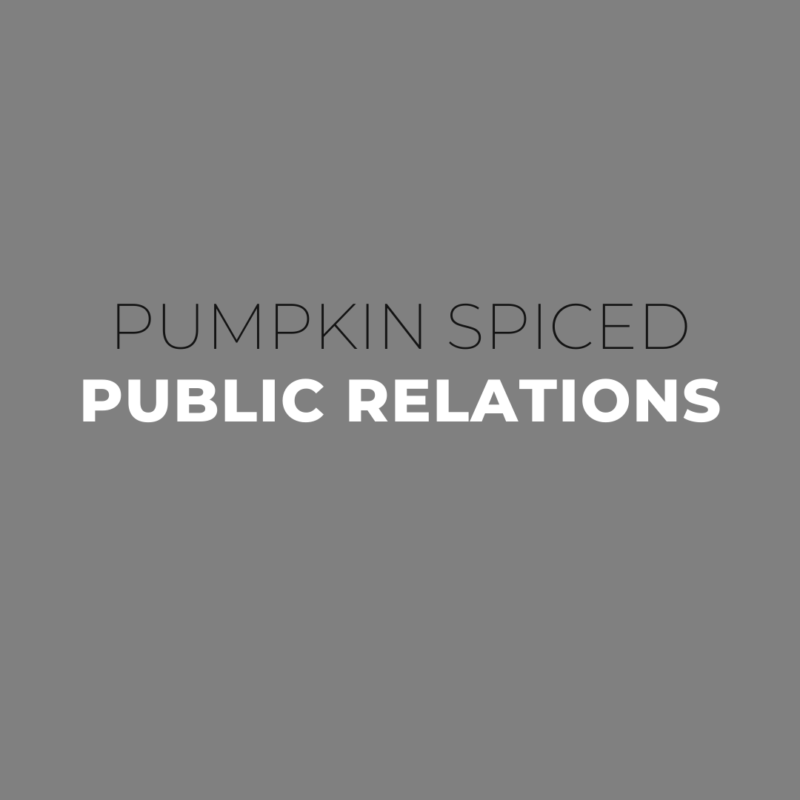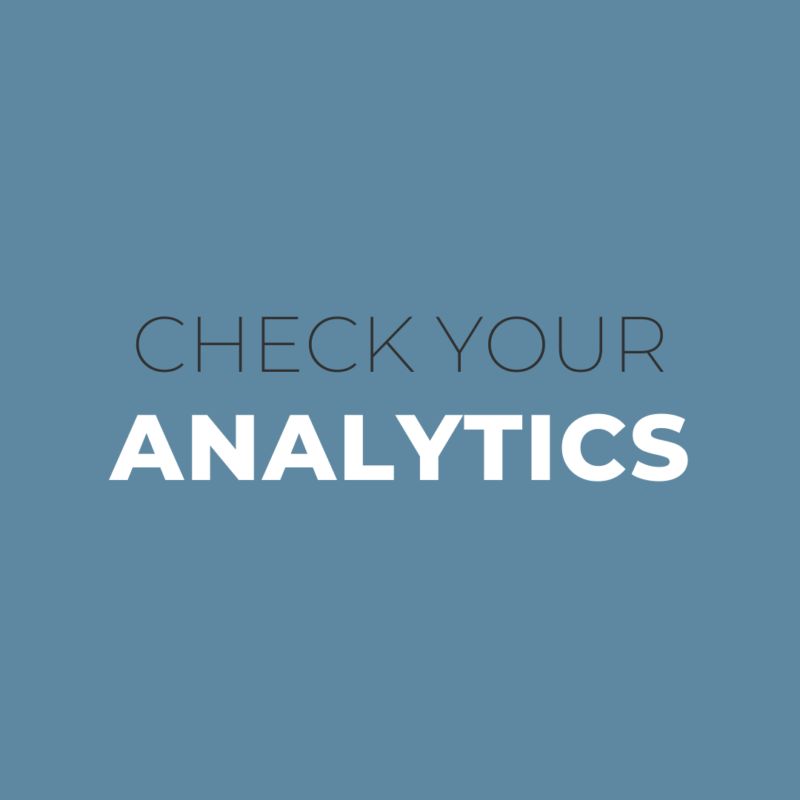‘One size’ doesn’t always fit when it comes to social media
At some point or another, almost every company wonders whether they should jump on the social media bandwagon. The answer is that you absolutely need to, but in our current digital age, the many forms of social media can be overwhelming. If you don’t have a strategy, social media efforts can be a waste of time, effort and sometimes money. There are many different social media platforms that all serve different functions and will show off your brand image differently. You don’t need to have every platform to have social media success, so choose which one best suits your company needs.
1. Facebook: Facebook has 1 billion users and gives your company the ability to connect with customers through posting about your product or service; answering consumer questions; giving customers the ability to like and share your posts; and tagging you when they buy or use your product or service. You can also use Facebook to advertise. Side ads and sponsored posts can help your company increase sales and recognition of your brand while growing your audience. You can target ads to reach certain demographics, ensuring you reach the right audience for your brand. Facebook also offers businesses analytics to give companies a better understanding of their customers and advertising/marketing choices on the site. Facebook is beneficial for almost any type of business seeing as the demographics of Facebook range from young to older generation. However, organic visibility has greatly diminished for businesses; higher levels of exposure will only come in a paid format through this platform.
2. Twitter: Twitter has 232 million users and allows your company to communicate with your audience with short messages of 140 characters or less. The more followers you have, the wider audience you will reach. Retweets are a beneficial feature of the site because even if people don’t follow you, they can see your tweets if their followers retweet your posts. Tweet information your audience wants to hear and are interested in, whether that be your website, blog or tips and tricks of your industry. Use relevant hashtags to also attract a bigger audience to your page. Similar to Facebook, you can target a specific audience through advertising using keywords, interests, geographic areas and more. You can also use analytics to measure your Twitter performance.
3. Instagram: With more than 300 million users, Instagram offers a unique opportunity very different from that of Facebook and Twitter. Images are necessary for Instagram posts and can only be shared from the smart phone app. Tell your company’s story through imagery and connect the image with a post related to the picture. This platform works better for industries that are visual and can tell about their brand through compelling and visually pleasing images. Instagram also uses hashtags and can draw in a larger audience when you use them in your posts. It also gives an option to advertise through the platform. As users are scrolling through their feed, sponsored posts will appear between posts by the people they are following. Advertising through Instagram though is growing, but hasn’t been utilized by as many companies yet when compared to Facebook and Twitter.
4. Pinterest: With 70 million users, Pinterest is a more unique platform. Pinterest allows you to connect links to images. Users then ‘pin’ the pictures and links that they have interest in, which are then shared with their followers. This is particularly useful for companies that engage their audiences with blog posts, product pages, reviews or specific engaging areas of the website. Pinterest is also visual, requiring images to get users to click on the links. Rather than posts, Pinterest has short sentence blurbs to describe each picture/link combination. When it comes to advertising, your company sponsors a post and Pinterest charges you only when people go to your website through the pin. You can also use analytics to track user engagement.
5. Snapchat: A newer platform that businesses are starting to use is Snapchat. About 100 million users snap pictures monthly. Snapchat allows you to “snap” a picture or video and share it for three to 10 seconds. Then, it disappears after a user views it. This is a good platform to use if you have a very visual industry that will attract users who want to view your posts. Include the picture or video in your story, which allows all followers to see what is going on. Snapchat is a great way to increase brand recognition, particularly among a younger audience. It offers advertising, which appears as stories in your audiences’ feed. Snapchat is a way to show your brand’s personality, so take advantage of it!
6. LinkedIn: With 230 million users, LinkedIn in is “Facebook for professionals.” LinkedIn is a way to share your professional development and achievements. Connect with your industry contacts on the site, as well as friends and family that can help you network. The site also offers job opportunities and areas to post things about your brand. There are also groups you can join, which can attract more professionals to link with you company and learn more about your brand. Similar to Facebook, LinkedIn also offers side advertisements and sponsored posts to help get more visibility for your company.
7. YouTube: Although YouTube doesn’t immediately strike many as a way to promote your brand, videos increase a person’s knowledge of a product by 74 percent. Additionally, YouTube is the second largest search engine behind Google! Videos can range from how-to tutorials to staff interviews to informative videos about your product or service. YouTube also offers advertisements as commercials that appear between videos when people are watching. Creating your own YouTube channel allows you to tap into the site’s ever-growing audience while putting your videos to work in other ways (like embedding into e-newsletters and cross-posting on other social media platforms). Analytics are available that can help you track views and demographics, as well.


